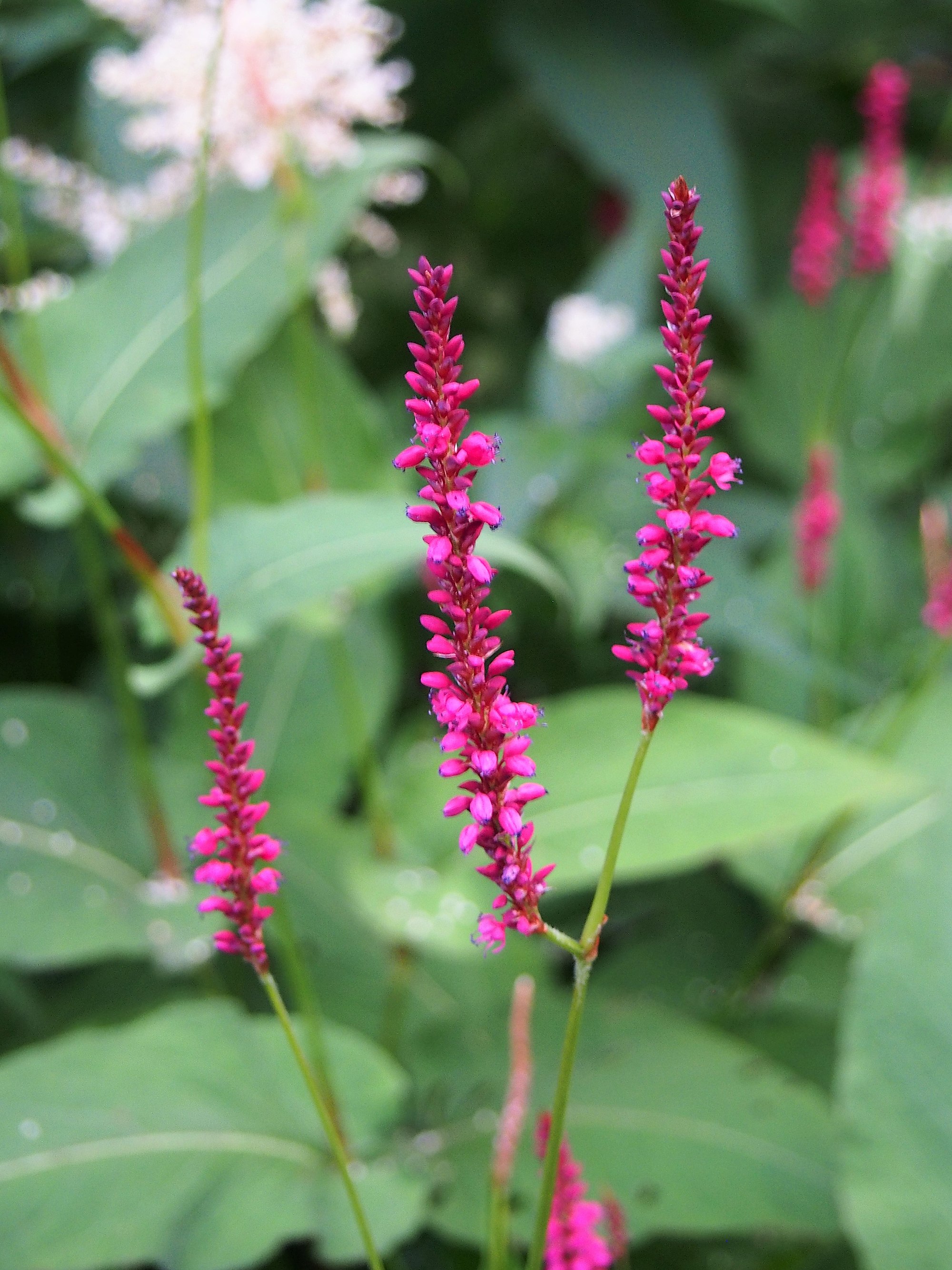Mountain fleece
(Bistorta amplexicaulis)

Description
Bistorta amplexicaulis, commonly known as mountain fleece, is a herbaceous perennial plant native to the Himalayas, from Afghanistan to western China. The plant has a long history of use in traditional medicine and is also popular in horticulture due to its attractive appearance and ease of cultivation. In this article, we will explore the various aspects of Bistorta amplexicaulis, including its botanical characteristics, cultural requirements, traditional uses, and modern applications. Botanical Characteristics: Bistorta amplexicaulis belongs to the family Polygonaceae, which also includes plants such as rhubarb and buckwheat. The plant has a clump-forming habit and grows up to 3 feet in height and 2 feet in width. It has lance-shaped leaves that are green in color and are arranged alternately along the stem. The leaves are long and narrow, with a smooth surface and a pointed tip. The flowers of Bistorta amplexicaulis are small and pinkish-red in color, arranged in a spike-like inflorescence that rises above the foliage. The plant blooms from late spring to early summer, and the flowers are followed by small, brownish-black seeds. Cultural Requirements: Bistorta amplexicaulis is a hardy plant that can grow in a wide range of climatic conditions. It prefers moist, well-drained soil and can tolerate both full sun and partial shade. The plant is adaptable to different soil types, including clay, loam, and sand. It is also tolerant of drought and can survive in areas with low rainfall. Bistorta amplexicaulis is propagated by division or by seed, and it is relatively easy to grow and maintain. Traditional Uses: Bistorta amplexicaulis has a long history of use in traditional medicine. In the Himalayan region, the plant is used to treat a variety of ailments, including diarrhea, dysentery, and gastric ulcers. The roots of the plant are boiled in water and consumed as a tea, or they are ground into a paste and applied topically to wounds and skin infections. The leaves of Bistorta amplexicaulis are also used to treat respiratory infections and to relieve cough and asthma. Modern Applications: In recent years, Bistorta amplexicaulis has gained popularity in horticulture due to its attractive appearance and ease of cultivation. The plant is widely used in landscaping, as it adds a splash of color to gardens and borders. Bistorta amplexicaulis is also popular as a cut flower, as the long-lasting spikes of pinkish-red flowers are ideal for floral arrangements. In addition, the plant is valued for its ability to attract pollinators such as bees and butterflies, making it a valuable addition to any garden or landscape. Conclusion: Bistorta amplexicaulis is a versatile plant that offers both aesthetic and medicinal benefits. Its attractive appearance and ease of cultivation make it a popular choice for gardeners and landscapers, while its traditional uses in herbal medicine highlight its value as a medicinal plant. As more research is conducted on the medicinal properties of Bistorta amplexicaulis, it is likely that its use in traditional medicine will become more widely recognized and accepted.
Taxonomic tree:







